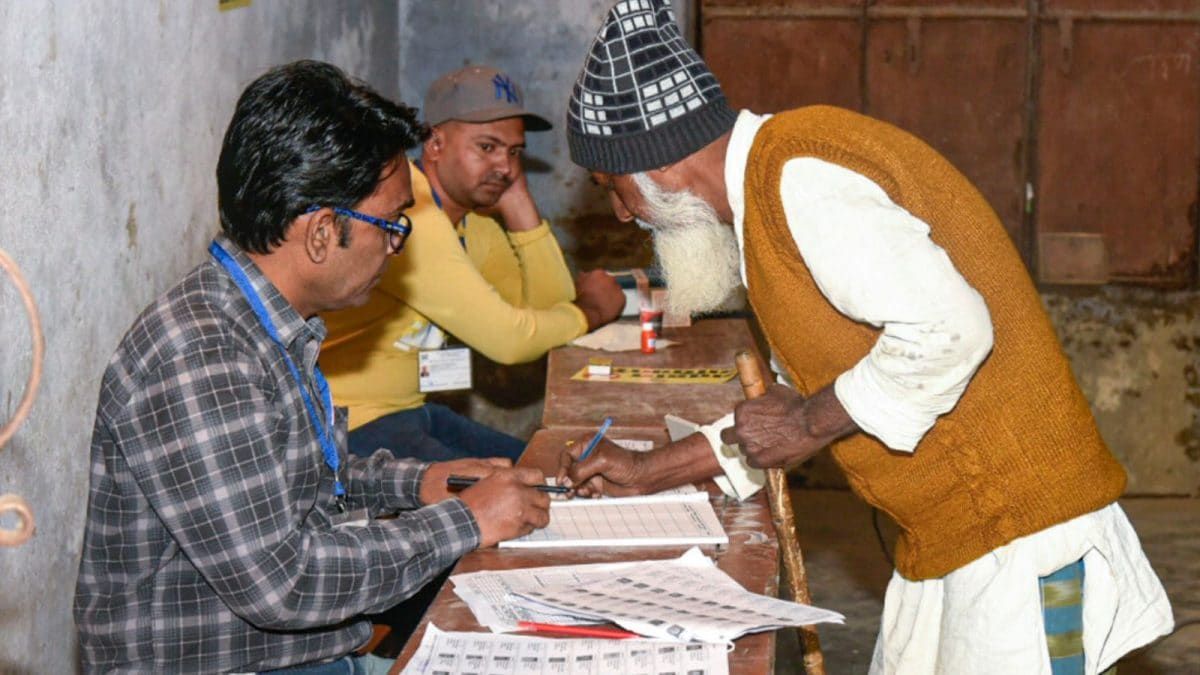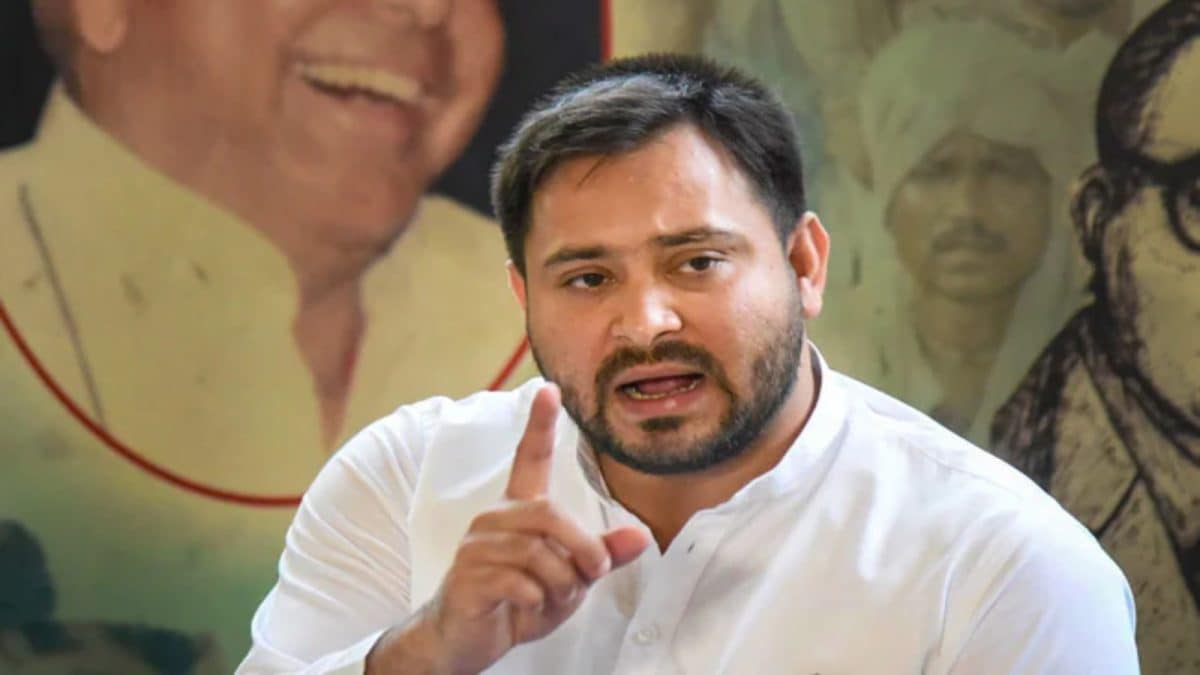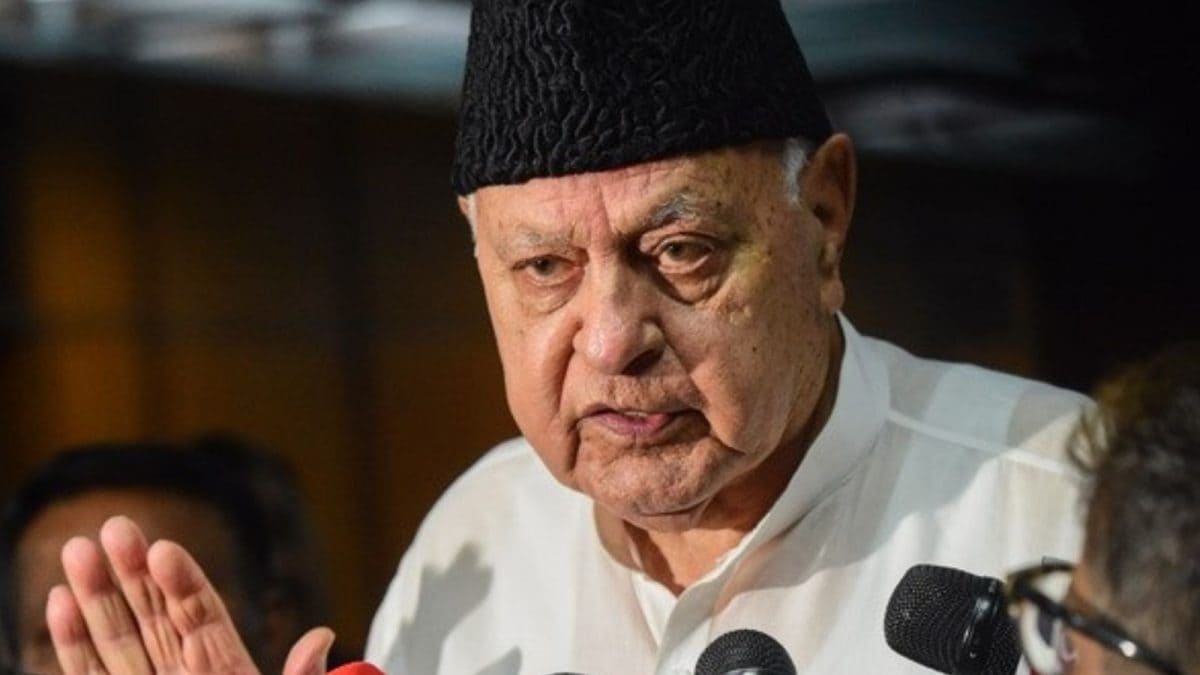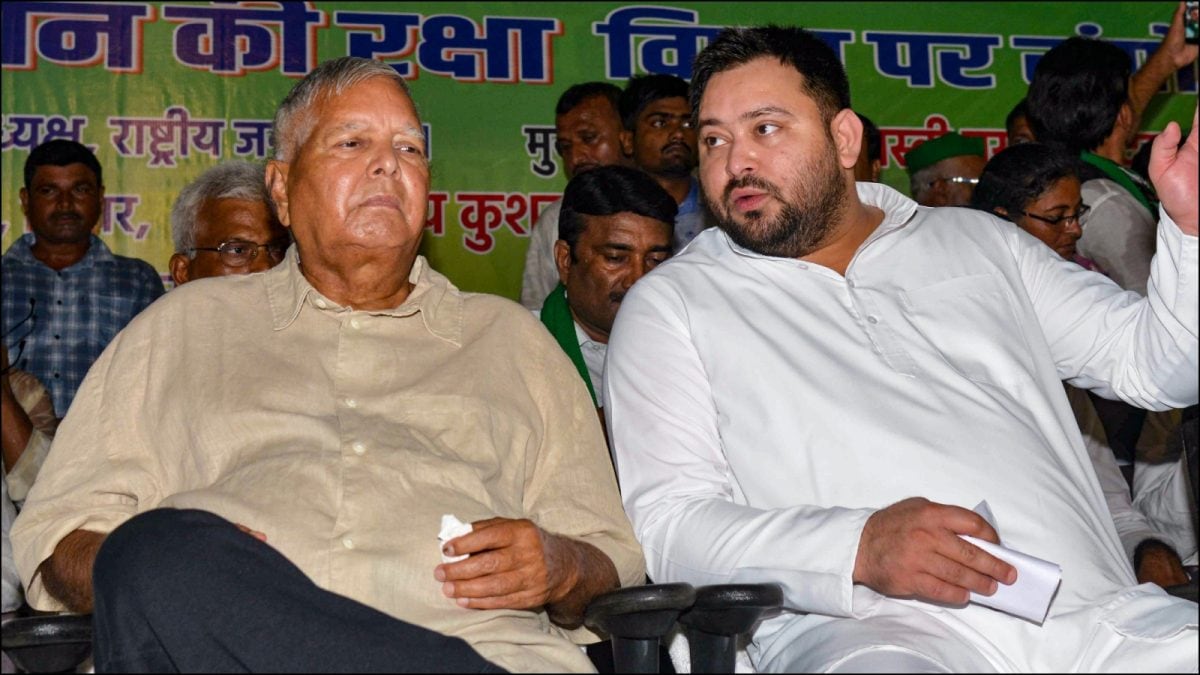Last Updated:
While Nitish Kumar prepares for yet another term, Tejashwi Yadav faces the task of rebuilding an opposition that has suffered a dramatic erosion of its base

The Grand Alliance faced significant losses, securing just 35 seats and none in 15 districts. (PTI)
A sweeping mandate in the 2025 Bihar Assembly elections has dramatically altered the state’s political contours, with the NDA s’scuring one of its most decisive victories in recent memory. The coalition clinched 202 of the 243 seats, storming past the majority mark and registering its second instance of crossing the 200-seat threshold since 2010. The Grand Alliance, by contrast, suffered one of its worst electoral setbacks, finishing with just 35 seats and failing to open its account in 15 districts.
The Election Commission’s district-wise figures reveal that the entire stretches of northern, central, and southern Bihar turned into NDA strongholds overnight, underscoring the coalition’s performance on the back of development narratives, welfare outreach, and a visibly tighter organisational structure.
NDA’s Overwhelming Mandate
The BJP emerged as the single-largest party with 89 seats, closely followed by Chief Minister Nitish Kumar’s JD(U), which bagged 85. Smaller partners recorded significant gains as well – Chirag Paswan‘s LJP(RV) secured 19 seats, Jitan Ram Manjhi’s HAM(S) picked up 5, and Upendra Kushwaha’s RLM claimed 4.
Prime Minister Narendra Modi termed the outcome a victory over “appeasement politics”, adding that the mandate reflected a rejection of divisive rhetoric.
This supermajority ensures continuity for the ruling coalition and paves the way for Nitish Kumar’s tenth swearing-in as Chief Minister, marking yet another milestone in his decades-long political career.
Grand Alliance Falters Across The Map
The Grand Alliance, comprising the RJD, Congress, and Left parties, registered steep losses across virtually every region. The RJD, once the fulcrum of opposition politics in the state, won only 25 seats. The Congress managed 6, while the Left parties together picked up 3.
What stung the coalition most was its complete wipeout in 15 districts, among them Shivhar, Supaul, Purnia, Darbhanga, Banka, Nalanda, Bhojpur, and Arwal. Analysts have pointed to delayed seat-sharing decisions, internal disagreements, and a fragmented campaign as key reasons behind the collapse.
District-Wise Performance
North Bihar:
- West Champaran: NDA 7, Grand Alliance 2
- East Champaran: NDA 11, Grand Alliance 1
- Sheohar: NDA 1
- Sitamarhi: NDA 8
- Madhubani: NDA 9, Grand Alliance 1
- Supaul: NDA 5
- Araria: NDA 2, Grand Alliance 3, AIMIM 1
- Kishanganj: NDA 2, Grand Alliance 1, AIMIM 1
- Purnia: NDA 6, AIMIM 1
- Katihar: NDA 4, Grand Alliance 3, Others 1
- Saharsa: NDA 2, Grand Alliance 2
- Darbhanga: NDA 10
- Muzaffarpur: NDA 10, Grand Alliance 1
The pattern held steady across central Bihar as well, where long-time political battlefields shifted decisively in favour of the NDA.
Central And Kosi Regions:
- Gopalganj: NDA 6
- Siwan: NDA 7, RJD 1
- Saran: NDA 7, Grand Alliance 3
- Vaishali: NDA 7, Grand Alliance 1
- Samastipur: NDA 7, Grand Alliance 3
- Begusarai: NDA 5, Grand Alliance 2
- Khagaria: NDA 4
- Bhagalpur: NDA 7
- Banka: NDA 5
- Munger: NDA 3
- Lakhisarai: NDA 2
- Sheikhpura: NDA 2
- Nalanda: NDA 7
Several of these districts had witnessed close contests in 2020, but voters overwhelmingly shifted their support this time, turning the map distinctly saffron.
Magadh Region
- Patna: NDA 11, Grand Alliance 3
- Bhojpur: NDA 7
- Buxar: NDA 3, Grand Alliance 1
- Rohtas: NDA 6, Grand Alliance 1
- Arwal: NDA 2
- Jehanabad: NDA 1, Grand Alliance 2
- Aurangabad: NDA 5, Grand Alliance 1
- Gaya: NDA 8, Grand Alliance 2
- Nawada: NDA 4, Grand Alliance 1
- Jamui: NDA 3, Grand Alliance 1
The NDA’s resurgence in Magadh has been attributed to a combination of caste recalibration, welfare schemes that reached deep rural pockets, and unified messaging around governance.
Collapse of the Grand Alliance in Shahabad
Once a stronghold for the opposition, the Shahabad region (Buxar, Bhojpur, Rohtas, Kaimur) witnessed a political upheaval. In 2020, the Grand Alliance had dominated the belt. In 2025, it retained only three seats. The NDA swept the rest, buoyed by consolidation among its core supporters and coordinated booth-level efforts.
Political observers believe the Grand Alliance’s defeat was not solely the result of the NDA’s strength but also its own organisational weaknesses. With caste arithmetic undercut by competing factional claims, and messaging diluted by leadership disconnect, the coalition struggled to present a cohesive vision.
Prashant Kishor’s Jan Suraaj Party, which had attempted to position itself as an alternative platform, also failed to make an electoral impression.
The 2025 verdict signalled a renewed phase of political stability in Bihar. While Nitish Kumar prepares for yet another term, Tejashwi Yadav faces the task of rebuilding an opposition that has suffered a dramatic erosion of its base. With economic revival, jobs, infrastructure expansion, and caste realignments at the heart of public expectations, the mandate reflects Bihar’s preference for uniform governance and performance-driven politics.
Bihar, India, India
November 15, 2025, 18:06 IST
Read More







